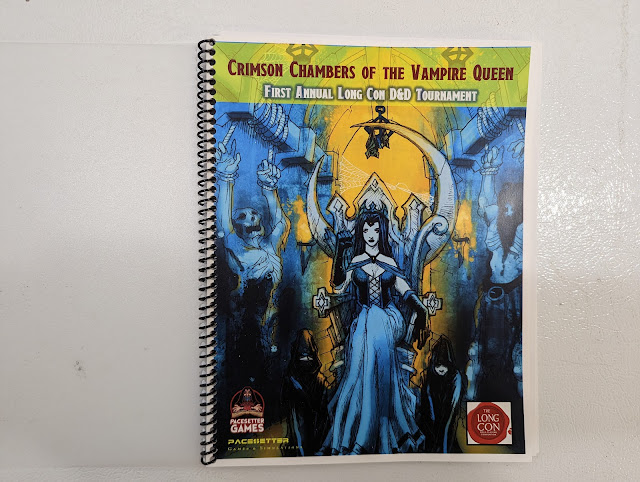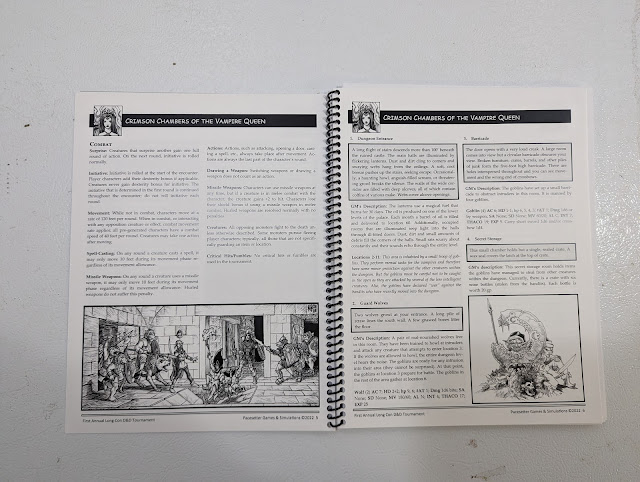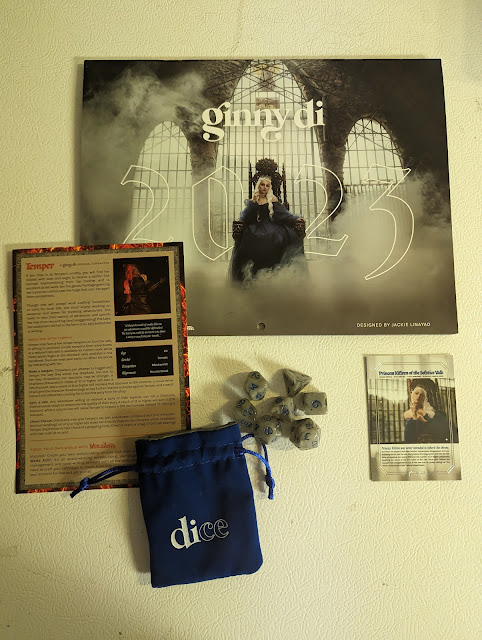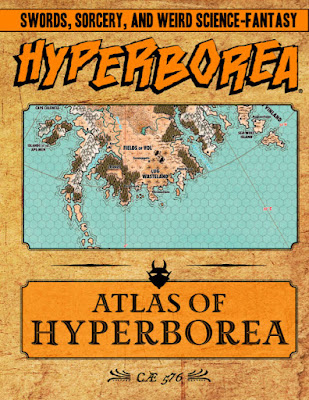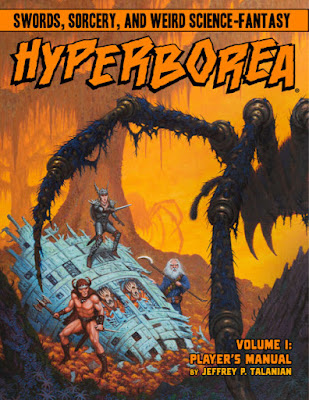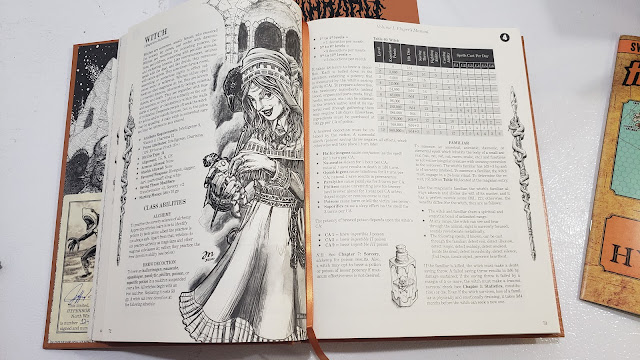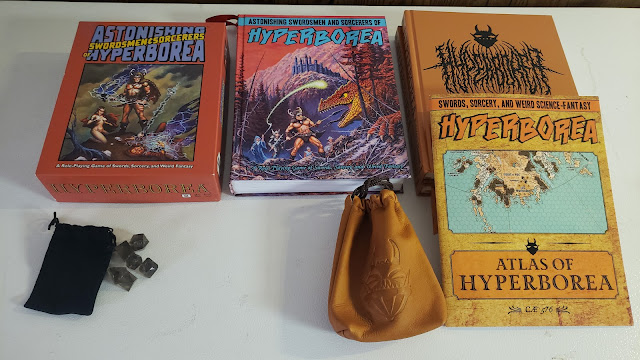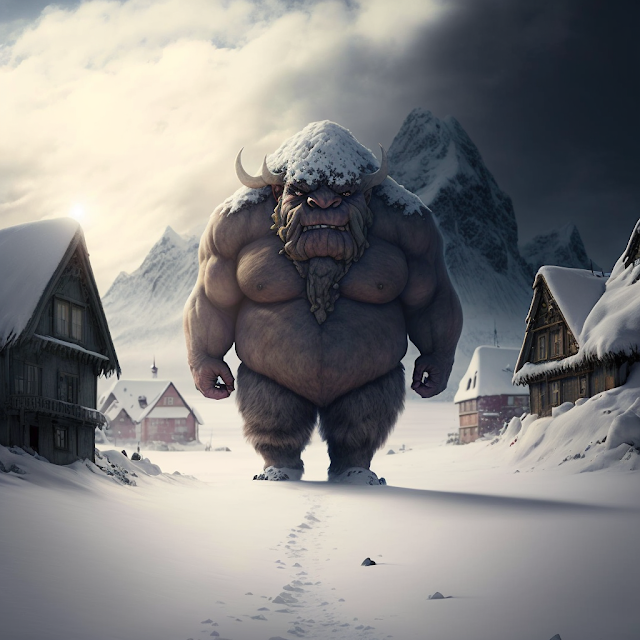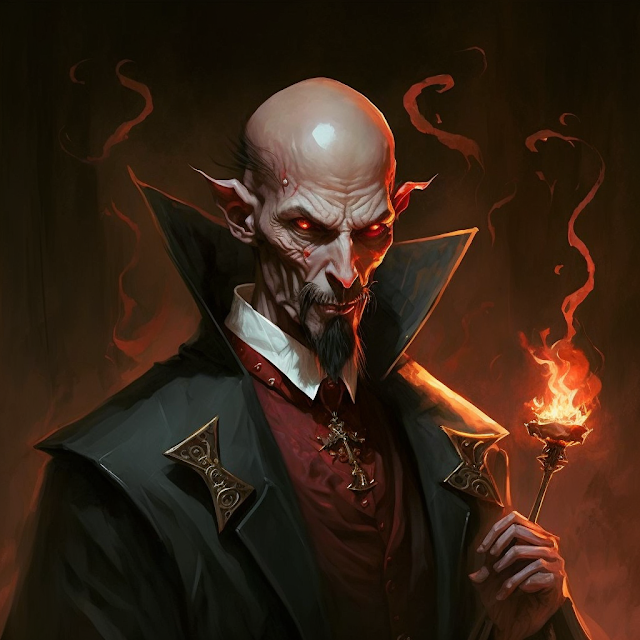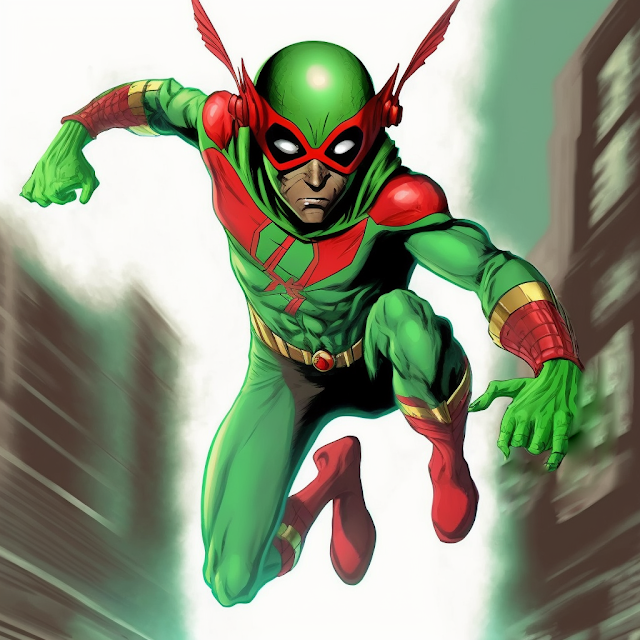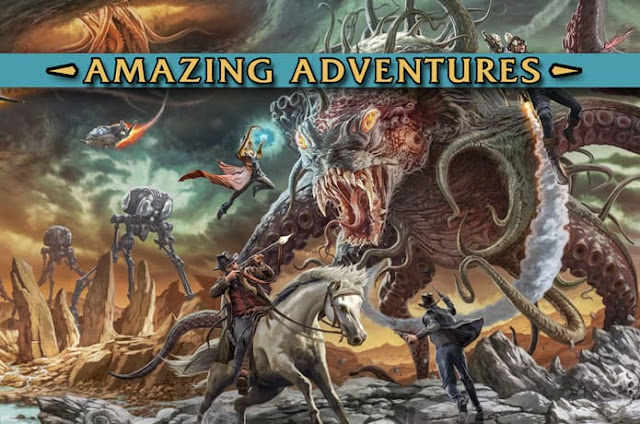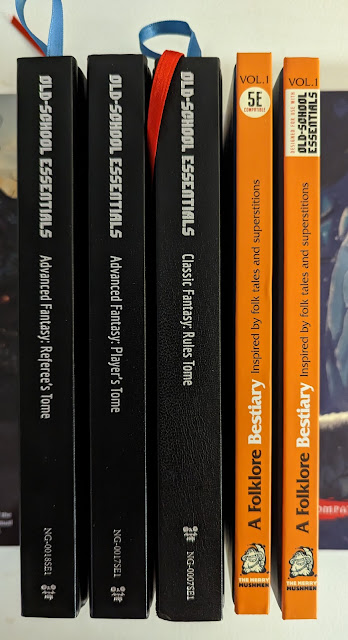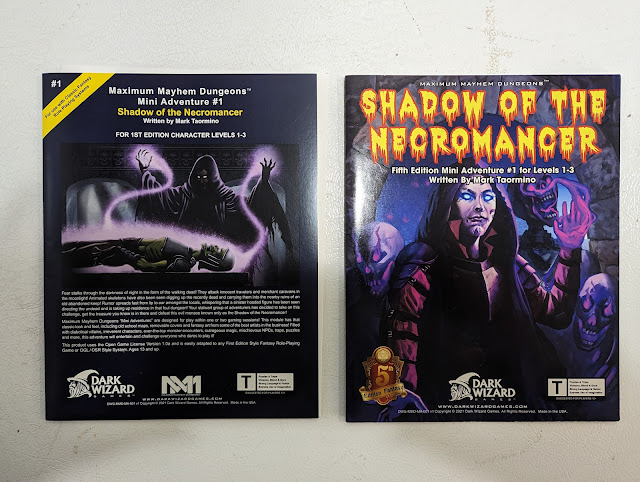This Old Dragon: Issue #129
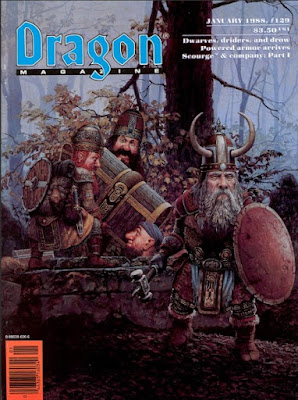 Going back to my box of Dragons this week to pull out a nice one from January 1988. I say "nice" but the issue is in fairly bad shape with no cover and pages falling out. The winter of 1988 was an odd one for me. I had a girlfriend leave me (quite literally, she never came back to school), and I was entering my second semester of college. Though I did start hanging out with the girl I would eventually begin dating and then marry, but that was still years off. INXS was the biggest music group on the radio. Robin Williams and "Good Morning Vietnam" was the king at the box office (whatever happened to "Good Morning, Chicago!"?) and on the shelves was #129 of This Old Dragon.
Going back to my box of Dragons this week to pull out a nice one from January 1988. I say "nice" but the issue is in fairly bad shape with no cover and pages falling out. The winter of 1988 was an odd one for me. I had a girlfriend leave me (quite literally, she never came back to school), and I was entering my second semester of college. Though I did start hanging out with the girl I would eventually begin dating and then marry, but that was still years off. INXS was the biggest music group on the radio. Robin Williams and "Good Morning Vietnam" was the king at the box office (whatever happened to "Good Morning, Chicago!"?) and on the shelves was #129 of This Old Dragon. We are solidly into the "theme" issues of Dragon now. The cover, a Dwarven cleric of Thor, reflects this. There are a few articles coming up that I think helped set the stage for how demi-humans would later be dealt with AD&D 2nd ed. Certainly, it was beyond what you would have seen in the Golden Age of AD&D 1st Ed. These are the end of the Silver Age of AD&D 1.
Letters has some Top Secret S.I. questions and some questions about cover art.
Forum has the (then) latest debates on whether or not Magic-Users can use weapons and/or armor. Some good cases are made here to be honest. All largely moot these days.
We get to the Featured Section, Demi-humans.

Len Carpenter is up first with Arcane Lore, Magic of the Dwarven Priests. It is a rather good one to be honest that gives tips and ideas on how to play the "newly permitted" Dwarven cleric PC. I am not sure if this article had anything to do with it, but the Dwarven Cleric became something of an iconic figure in the 3.x days. To that end this article still has some sound advice on not just what a Dwarven Cleric can and could do, but also what spells they are likely to have access too and which ones they would not. There are also plenty of new spells just for dwarven clerics. If you play a dwarven cleric today then this is a good article to dig up regardless of the system you are using.
Children of the Spider Goddess from Eric Oppen is next and gives us some insight on the Dark Elves. I went back to this article way back when I was running the D series for my family. I was running it all under 5e and there have been millions of words written about the Drow and Dark Elven between this publication and when I used it, but I still found it quite helpful for working out how the drow act and do what they do. While I have always felt that Drow should be Lawful Evil this article made a good point about how Chaotic Evil would work better.
John R. Prager hits us with a short article about altering the dice rolls for abilities in Give Demi-humans an Even Break! Essentially demi-humans get extra dice they can roll for determining their abilities. For example, if you are going to play a Hill Dwarf you roll 7d6 for Strength and just take the highest three. This might run counter old school dice rollers where you roll first and then determine the race/class or new schoolers where getting a low score in something typically associated with a particular race is really no big deal. Yes, there is even a column for Comeliness.
Halfling get a new class of their own in Don't Sell Them Short by Peter Dosik. The Halfling Guardians are bit like Halfling Paladins. Perfectly playable archetype/class.
C.E. Misso finishes us up with a bit on driders in Entering the Drider's Web. Driders' status have changed over the years with them being either cursed (this article) or the chosen of Lolth. I also took this and put it in my Drow (D1-2,3) folder. While maybe not the exact heralds of the age, they were certainly forerunners of the days when everyone wanted to play an edgy drow.
The Role of Computers by Hartley, Patricia, and Kirk Lesser (and copyrighted 1988) covers the then state of the art in computer games. Their featured game is Tower of Myraglen for the Apple IIgs. Make sure your Apple has been upgraded for stereo sound for this game! It is not the best game they have played, but it does take advantage of Apple's 640×200 resolution and sound capabilities. They also have a bunch of smaller reviews for Acolade's Pinball Wizard, Beyond Zork, GBA Championship Basketball, California Games, and more.
Nice full-page ad for Traveller 2300.
Runequest fans get a treat in A Sorcerer's Supplement: New Sorcery Spells for RUNEQUEST by Michael DeWolfe. I have the classic Runequest rules, so I should hold on to this. I have still never played.
Sage Advice covers all those new questions that come with new rule books. This time for the D&D BECM (no I just yet) rules.
Big four-page ad for Warhammer. The worlds of D&D and Warhammer have been drifting further and further part by this time. Might be one of the last ads I'll see for it.
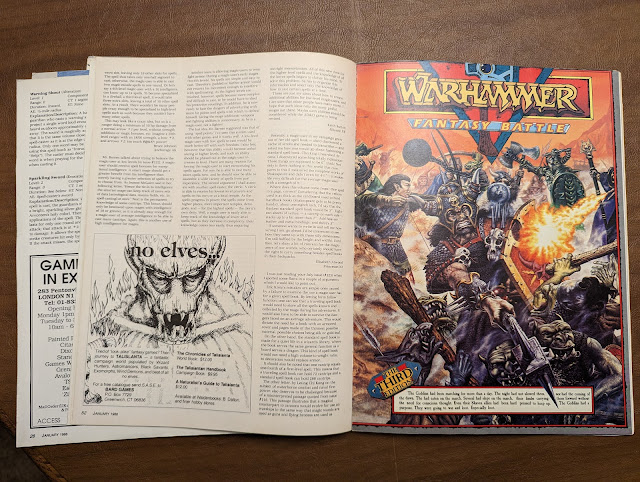
Dean Shomshak gives us a nice treat. The Dragon's Bestiary this month covers monsters from the Para-Elemental planes of Ice.
The Game Wizards from Jim Ward this month is A Volume of Oerthly Delights. He lets us know what could be part of the new Greyhawk Adventures hardcover (the last AD&D 1st edition hardcover). He gives us some ideas he is considering for the new book. They include: Greyhawk's Hall of Heroes, Greyhawk's Book of Creatures, Greyhawk's Book of Magic, Greyhawk's Book of Magical Devices, The Free City of Greyhawk, and Greyhawk's Clerics and Temples. I can't recall how many of these made it to the hardcover, but I do recall their being some monsters.
Our fiction section is The Old Ways are Best by Larry Walker.
"Who's in Charge Here?" by Bryan Caplan gives us guidelines on how many leaders in the form of higher-level fighters and/or cavaliers one should expect from a group of soldiers.
Powered armor gets more details for Star Frontiers from David Dennis in Armored and Dangerous. I really should get a Star Frontiers game going again. It was a lot of fun.
John C. Bunnell is back again with more book reviews in The Role of Books. He covers the likes of Sword and Sorceress IV, Tales of the Witch World, Agnes Day, and Murder at War.
Role-playing Review by Ken Rolston gives us two soon-to-be classics; one for AD&D and one for D&D. Up first we have GAZ 3 The Principalities of Glantri. Long-time readers here know how much of a fan I am of Glantri, and Rolston concurs, saying it is the best city presentation for a TSR game world. He also says that the book is nicely presented and well-written. His other is a little boxed set known as The Forgotten Realms Campaign Set. I don't suppose I need to go into detail on how this one was received here.
Up next are small ads. Lou Zocchi has some Deities & Demigods with Elric and Cthulhu in them. Send him 40 bucks. Oh, and I never did get my characters drawn from Anvil Enterprises.

The Convention Calendar has the best cons for the Winter of 1988, including one I actually went to!
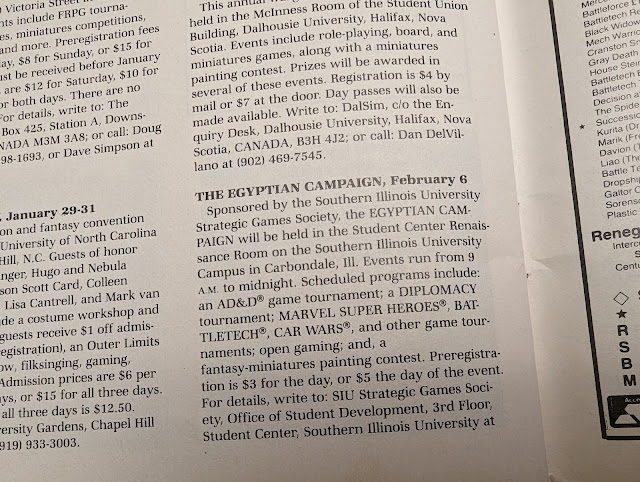
Lots of conventions listed here. Far more than we have now.
Dragonmirth has comics.
We end with some ads and just Snarf Quest. No Wormy, though. The last strip would show up in a couple more issues. Little did I know I was at the time living just a couple miles away from where Tramp was living.
So a fun issue. Great if you are into demi-humans.
Mine has seen much better days, and I am unsure if it will survive the trip back to my box.

